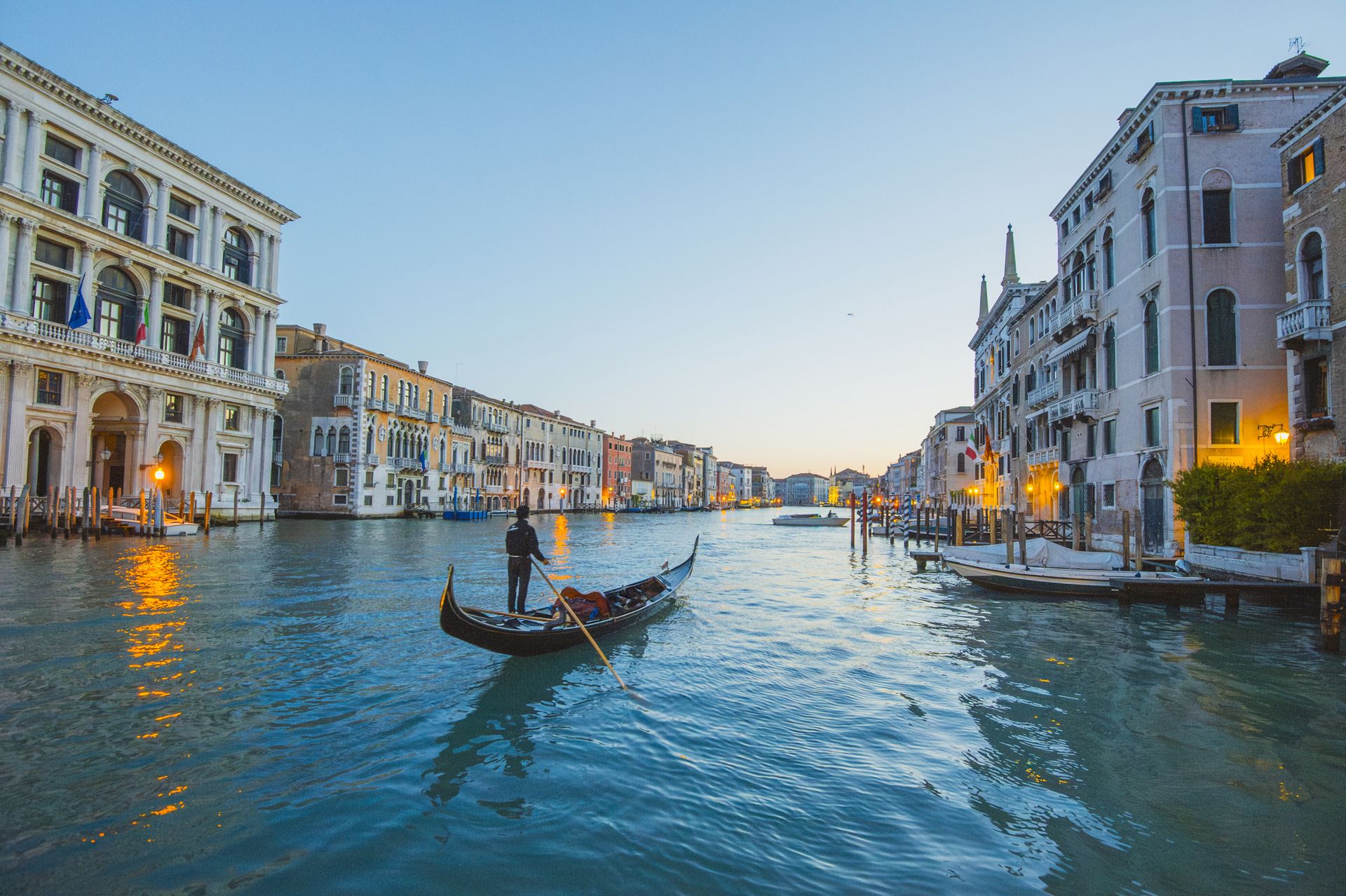By Alexandra Svokos
Published 25 April 2024
Venice Implements Day-Trip Fee
As of this week, visitors planning a day trip to Venice will note a new fee structure. This fee is part of a pilot program aimed at controlling the influx of tourists to this famous city of canals. City officials recognize the necessity to strike a balance between tourists and local residents. Simone Venturini, the city’s tourism officer, stated that safeguarding residents’ spaces is essential while also attempting to manage day-tripper traffic on peak days.
Details of the Day-Trip Fee
The day-trip fee amounts to 5 euros (approximately $5.35). Tourists can conveniently pay this fee online in advance. Additionally, QR codes are available at various entry points for those arriving without payment.
When Does the Fee Apply?
This pilot program will be in effect on designated days. Specifically, the fee will apply on:
- April 25-30
- May 1-5
- May 11-12
- May 18-19
- May 25-26
- June 8-9
- June 15-16
- June 22-23
- June 29-30
- July 6-7
- July 13-14
Tourists arriving in Venice after 4 p.m. or before 8:30 a.m. are exempt from this fee, as entrance will be free during those times. Furthermore, children under the age of 14 are also free from the fee.
Exemptions and Other Restrictions
There are specific exemptions to this fee, including residents of the Veneto region and relatives of Venetian residents, as well as students on educational trips.
Broader Impact on Tourism in Venice
Venice has previously attempted several measures to manage visitor numbers more effectively. With estimates suggesting that 25 to 30 million people visit the city yearly, this new fee will help in discerning how many visitors are just day-trippers. Additional measures include banning large cruise ships from docking within the city and restricting tourist groups to a maximum of 25 people. This new regulation, intended to enhance visitors’ experiences while preserving the city’s integrity, will be enforced starting this June.
Why These Changes Matter
Venice is under increasing pressure to limit tourism to protect its cultural and architectural heritage. UNESCO has highlighted that exceptionally high tourism levels have led to significant transformations in the city. These changes include replacing local housing with accommodations geared towards tourists and the commercialization of areas traditionally resided in by locals.
For those dedicated to visiting Venice, ensure you are informed about travel requirements to Europe and explore options for alternative destinations like Bari in southern Italy or Dubrovnik in Croatia. Both locations can offer a more enjoyable experience without the crowd-related stresses.




